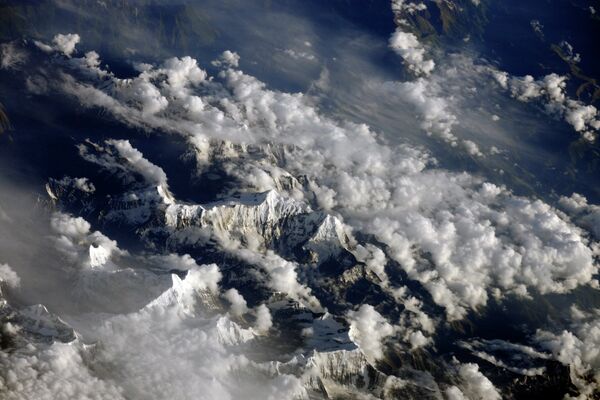MOSCOW, October 14 (RIA Novosti) – Although the global warming continues to melt glaciers around the world, the ice mass in the Himalaya’s Karakoram region have been expanding, causing a fuss among the scientific community; however, the mystery has been finally revealed by a recent study published in Nature Geoscience on October 12.
“It has been a source of controversy that these glaciers have not been changing while other glaciers in the world have”, said Sarah Kapnick, a researcher at the Princeton University, as quoted by Discovery News.
The study compared a set of climate model simulations, focusing on seasonal cycles and their roles in the climate change in three regions of the Himalayas, including the Karakoram. Scientists found out that the moisture from seasonal monsoons increases a number of rainfalls in the region. Since the mountains are so high up, the moisture turns into snow, protecting the glaciers from reduction, Live Science said.
Scientists looked at 2,018 glaciers between 2001 and 2011 in the Himalayas and concluded that most of them – 1,700 glaciers – were stable and showed the same surface area and did not change their direction, International Business Times reported.
The Himalayan glaciers form the largest body of ice outside the polar caps. The glaciers store about 12,000 km3 of freshwater, according to International Business Times.


